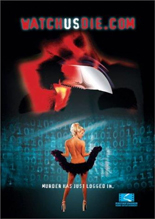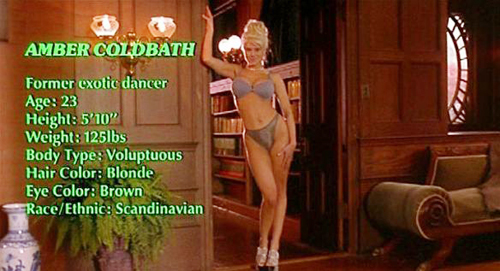
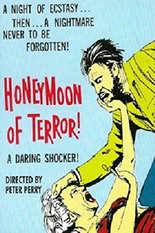 Just married, young lovebirds Marion and Frank drive straight to Las Vegas — the city limits of which are denoted by a yard sign — for what will turn out a true Honeymoon of Terror. Their luck doesn’t run out right away; the worst that happens in Sin City is that Frank (Doug Leith) takes his bride to see a sort of Hee Haw-themed stripper act, while later, the virginal Marion (Dwan Marlow) forgets her PJs and attempts to blue-ball the hubs until he falls asleep.
Just married, young lovebirds Marion and Frank drive straight to Las Vegas — the city limits of which are denoted by a yard sign — for what will turn out a true Honeymoon of Terror. Their luck doesn’t run out right away; the worst that happens in Sin City is that Frank (Doug Leith) takes his bride to see a sort of Hee Haw-themed stripper act, while later, the virginal Marion (Dwan Marlow) forgets her PJs and attempts to blue-ball the hubs until he falls asleep.
Wishing they could be truly alone, she expresses a desire to go to “a deserted lake.” Frank, in his clothespin-nasal voice, just so happens to know of such a place: Thunder Island, where no one has lived for 15 whole years! And hell, he’s even got a map for it in his suitcase!
Come morning, they boat over and set up camp. Frank has to run into town for supplies, leaving Marion on her own — a perfect opportunity to skinny-dip. Her tan lines are so high-contrast, her rear looks like shorts from a brief distance. As promised, the of Terror portion arrives as she’s being watched by an unshaven old slob with a noticeable limp. The way he rubs his stubble, we know he wants to tumble.
Will Frank return in time to save her? Will Marion spend roughly the entire second half running and screaming? Will writer/director Peter Perry Jr. (Kiss Me Quick!) pause at halftime to give us a greatest-hits reel of the prior 30 minutes?
These questions are more are answered in the affirmative by Honeymoon of Terror (aka Ecstasy on Lovers Island), an amateurs-only psycho-thriller/nudie-cutie combo that comes close to crossing into roughie territory. Even with Ms. Marlow’s limited nakedness, the movie rings fairly innocuous by today’s standards — and equally as fun. I’d rub my stubble to see it in color. —Rod Lott

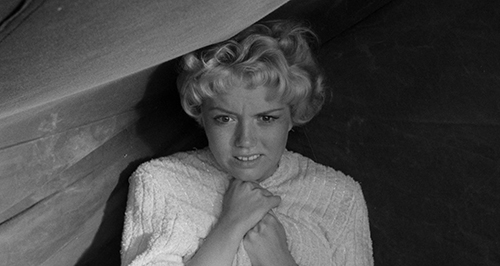

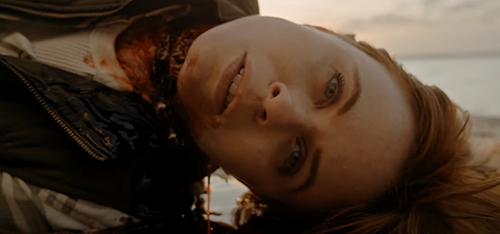
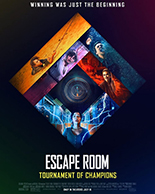
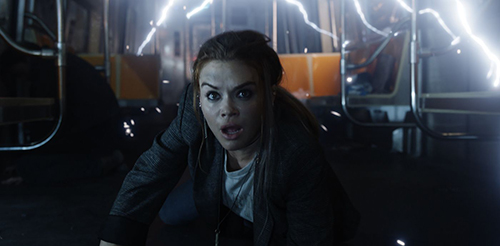
 I love a good heist movie. Thirty Dangerous Seconds is not one.
I love a good heist movie. Thirty Dangerous Seconds is not one.
